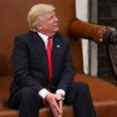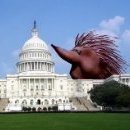Property Developers
-
Recently Browsing 0 members
- No registered users viewing this page.
-
Topics
-
-
Popular Contributors
-
-
Latest posts...
-
29
Report Cannabis Clash: Small Businesses Fear Monopoly Under New Rules
There are also many doctors who still refuse point blank to prescribe it due to either "reefer madness" or pressure from big pharma who will have threatened to withdraw all the freebies they offer -
4
Report Hua Hin Stunned by Discovery of Live Explosives in Tourist Area
Old veteran collector getting rid of his Vietnam war souvenirs ? -
38
Israel has refused to renew visas for heads of at least 3 UN agencies in Gaza
You had no answer to Chomper's statement, 'let the world's press in.' -
97
Report Swede, Aussie Found Dead Hours Apart in Same Pattaya Condo
You posted outdated debunked opinions. -
97
Report Swede, Aussie Found Dead Hours Apart in Same Pattaya Condo
Just read science. It's not hard. 68yo man gets proved wrong. Resorts to name calling. Grow up. -
97
Report Swede, Aussie Found Dead Hours Apart in Same Pattaya Condo
I did post a link. Do you need vision correction, as you do this all the time.- 1
-

-
-
Popular in The Pub


.thumb.jpg.3ee24d9400fb02605ea21bc13b1bf901.jpg)

.thumb.jpeg.d2d19a66404642fd9ff62d6262fd153e.jpeg)






Recommended Posts
Create an account or sign in to comment
You need to be a member in order to leave a comment
Create an account
Sign up for a new account in our community. It's easy!
Register a new accountSign in
Already have an account? Sign in here.
Sign In Now